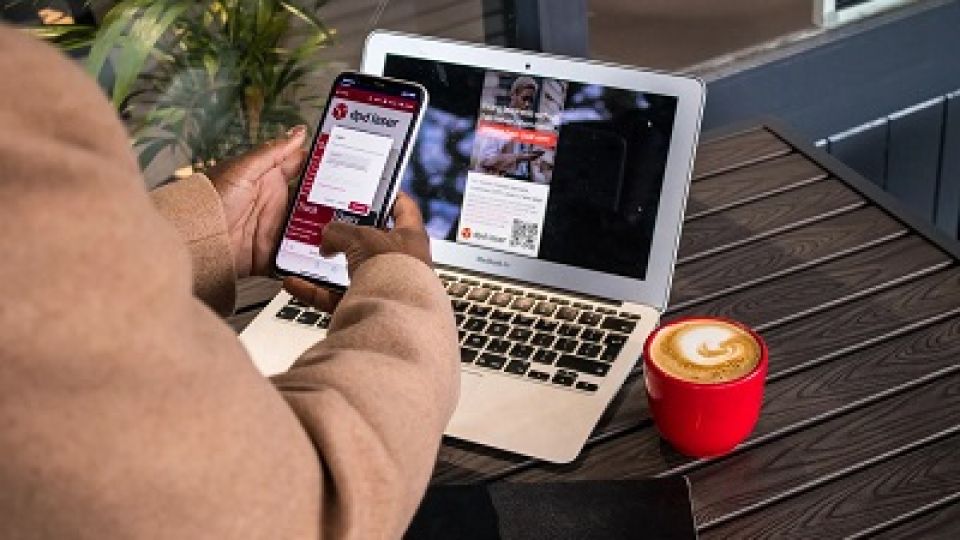by DEVON LIGHT
CAPE TOWN – IN today’s rapidly evolving world of e-commerce, one thing is abundantly clear: the receiver holds the reins. It’s the receiver—the customer—who ultimately dictates the trends and expectations that shape the industry. And, as someone deeply entrenched in the e-commerce landscape, I can confidently say that what the receiver wants, above all, is certainty when it comes to delivery times.
From a trend perspective, this pursuit of certainty in delivery times has been a driving force in the e-commerce industry. It’s not just about speed; it’s about precision and reliability. As we all know, there are instances when speedy delivery is crucial—like when you urgently need that replacement laptop charger or a last-minute gift for a special occasion. But what I’ve observed, time and again, is that the standard e-commerce receiver wants something more fundamental: to be informed, accurately, and in a timely manner.
Imagine this: you place an order online, and instead of being left in the dark about when your precious package will arrive, you’re provided with a precise one-hour delivery window. This is precisely what we’ve witnessed in Europe, where DPD Group’s service, aptly named Predict, offers customers a one-hour delivery window as a standard service.
It’s a level of precision and reliability that we’re working hard to bring to the South African market.
So how does this work? It’s actually a pretty simple concept, but it requires a host of interconnected elements to function seamlessly.
First and foremost, your address must be 100% correct so that elements of route planning can happen the night before the vehicle actually goes out for delivery. This ensures that you receive a notification prior to the vehicle even leaving the depot. It’s all about meticulous preparation to meet that one-hour window commitment.
But it doesn’t stop there. To truly offer a one-hour delivery window, you must be able to communicate in real time with the receiver. In our current landscape, our primary source of communication with the receiver is through SMS, as platforms like WhatsApp remain cost-prohibitive. This bridge is pivotal in ensuring that the receiver is informed and engaged throughout the delivery journey.
Now, you might wonder, why is this such a game-changer? Well, it’s all about empowering the receiver. When you know with certainty that your parcel will arrive within a certain window, you can plan your day accordingly. You can ensure that someone is available at home to receive the delivery, eliminating the frustrating missed deliveries and wasted time. It’s about respecting the receiver’s time and
providing a service that aligns with their busy lives.
In South Africa, it’s difficult to guarantee certainty, simply because there are so many unpredictable factors that thread through our daily life, from load shedding to protests, road closures, and even sinkholes.
One significant challenge: high-risk areas and townships. It’s a reality that the cost to serve these areas is higher, primarily due to factors like lower critical mass and security concerns. So, it becomes a collective responsibility as a country. How do we encourage individuals in township areas to embrace e-commerce and become part of the critical mass? When we achieve this critical mass, we’ll witness couriers working diligently to resolve the challenges posed by these areas. The result? Reduced costs, improved service, and a more uniform delivery experience across South Africa. This is precisely what e-commerce merchants desire—a consistent experience whether you’re in Soweto or in Sandton.
Before I get ahead of myself, our country has a world of realities to manage right now. These curveballs are the things that change certainty and windows into uncertainties and understandably irate customers from time to time. Given the number of parcels we deliver daily, it’s a very small number that does not receive what they want when they want it, as our delivery rate is over 98%.
When looking at technologies to increase efficiency, it’s easy to jump into the future and talk about self-driving cars and drones. But before we prematurely dive into that, we will need to prioritise electric vehicles (EVs). Sustainability, driven by the environmentally-conscious consumer, is at the forefront of our collective consciousness. We must look beyond just EVs; it’s about how productive they are and how the electricity powering them is generated. It’s about exploring alternatives to plastic, flyer bags, and packaging—embracing a holistic sustainability approach. We are on this path at DPD ZA right now.
I firmly believe that the on-demand space will be the first to embrace this change. And, personally, I’m super excited about the potential of line haul space, envisioning a future where robots efficiently traverse the distance from Johannesburg to Cape Town. The technology exists, and it’s a thrilling prospect.
In conclusion, as the e-commerce landscape continues to evolve, the demand will always hail from the receiver. Certainty in delivery times isn’t just a preference; it’s a fundamental expectation. We are not there yet, our European parent company is understandably way ahead of us but remains an important mentor as we work steadily to narrow the delivery window in the South African market. We’re not just meeting a
trend; we’re ushering in a new era of sustainable, technology-driven, customer-centric e-commerce. That is truly exciting.
NB: By Devon Light, General Manager, Commercial and International, DPD ZA
– CAJ News

